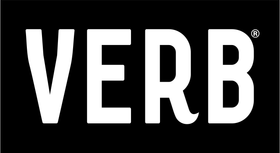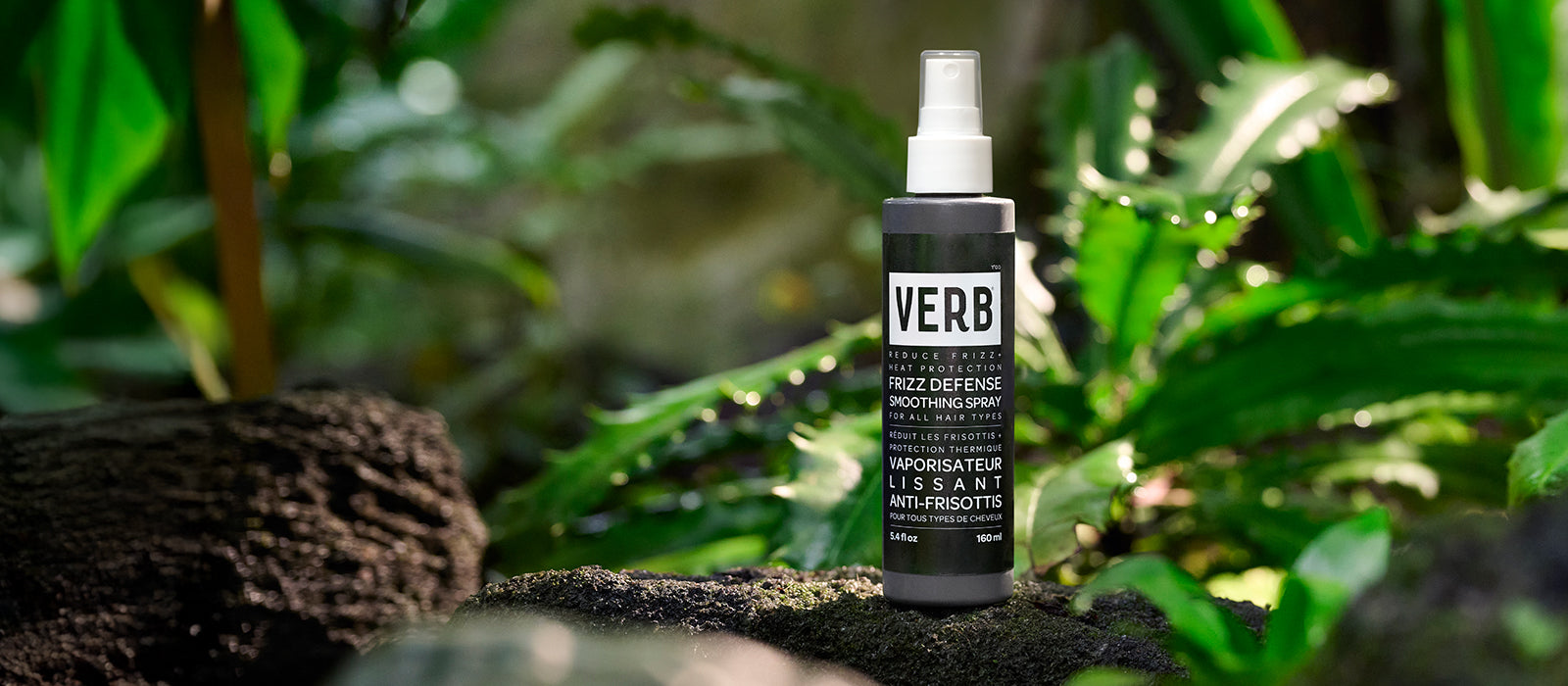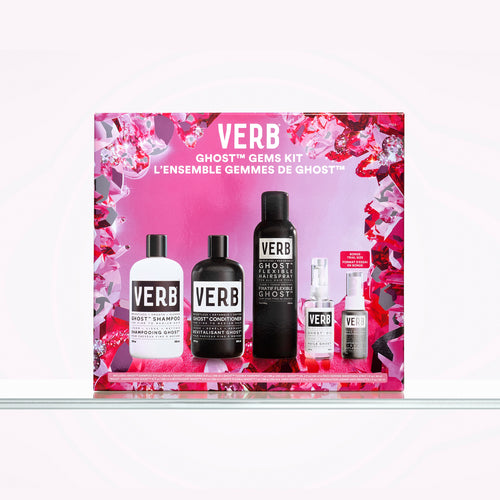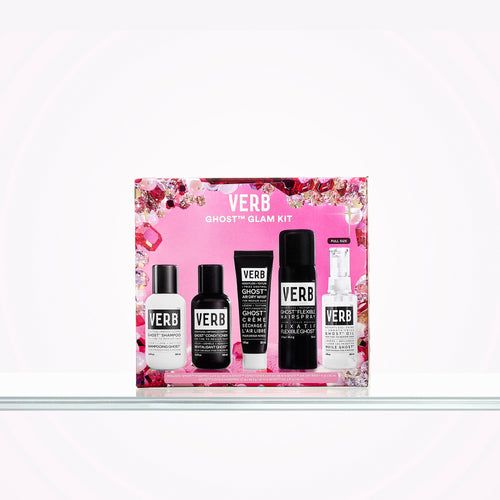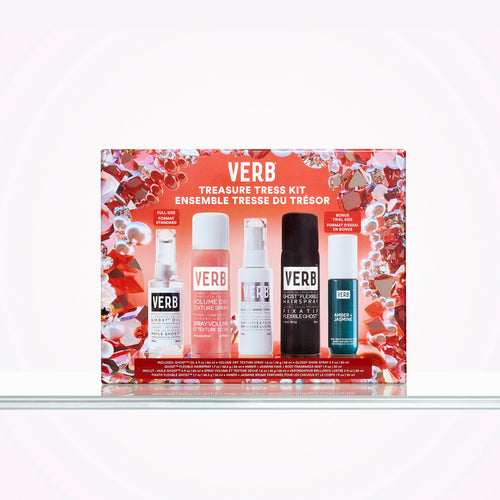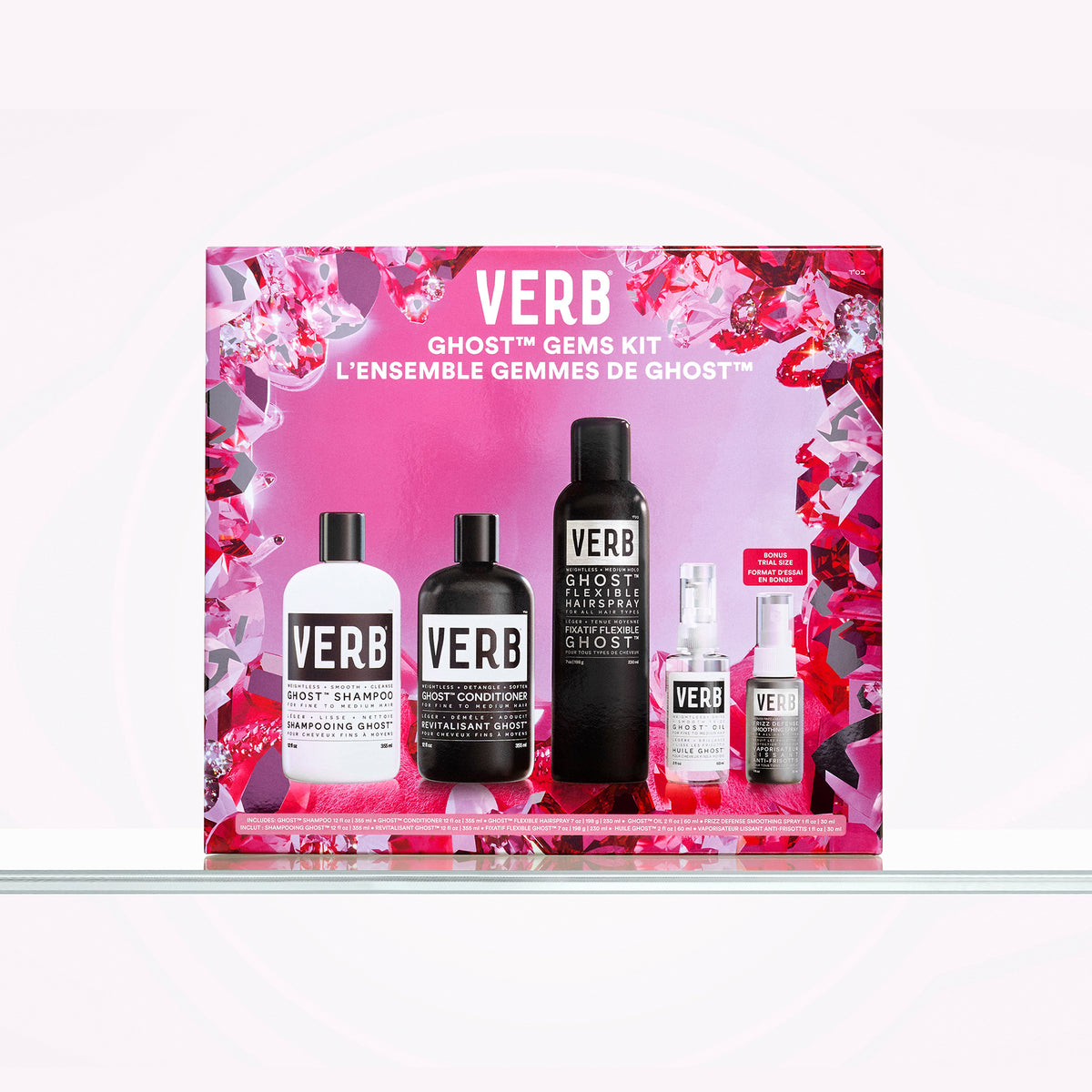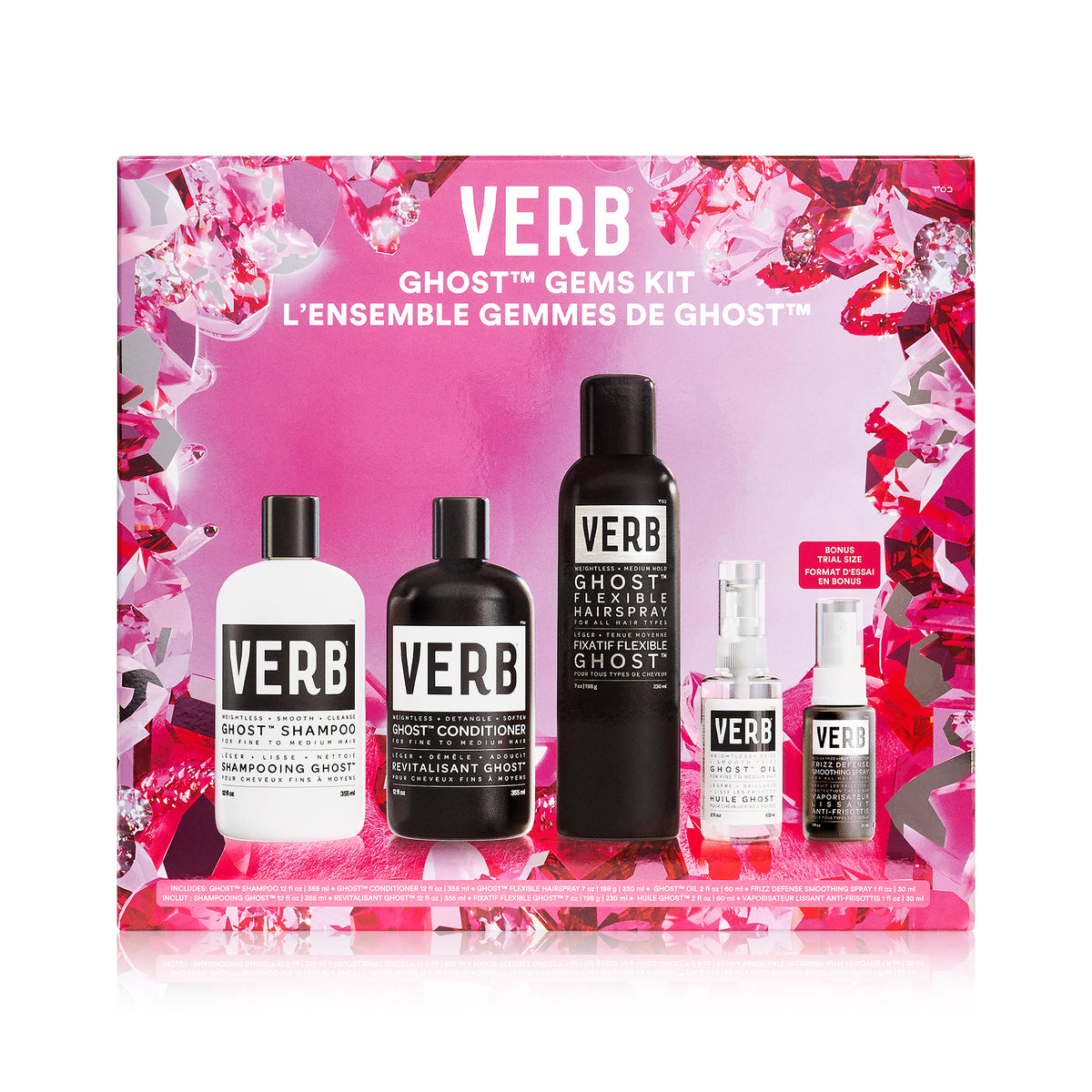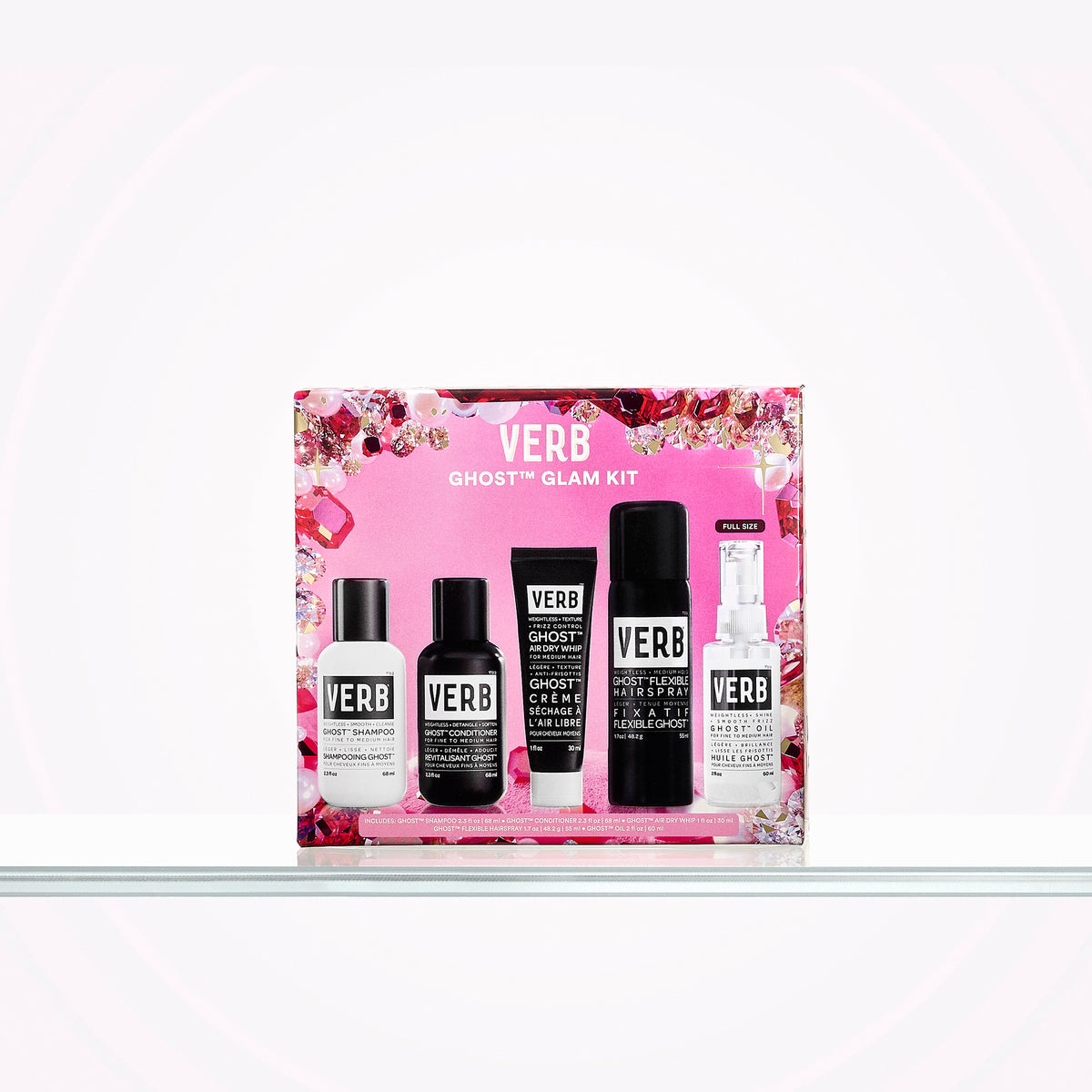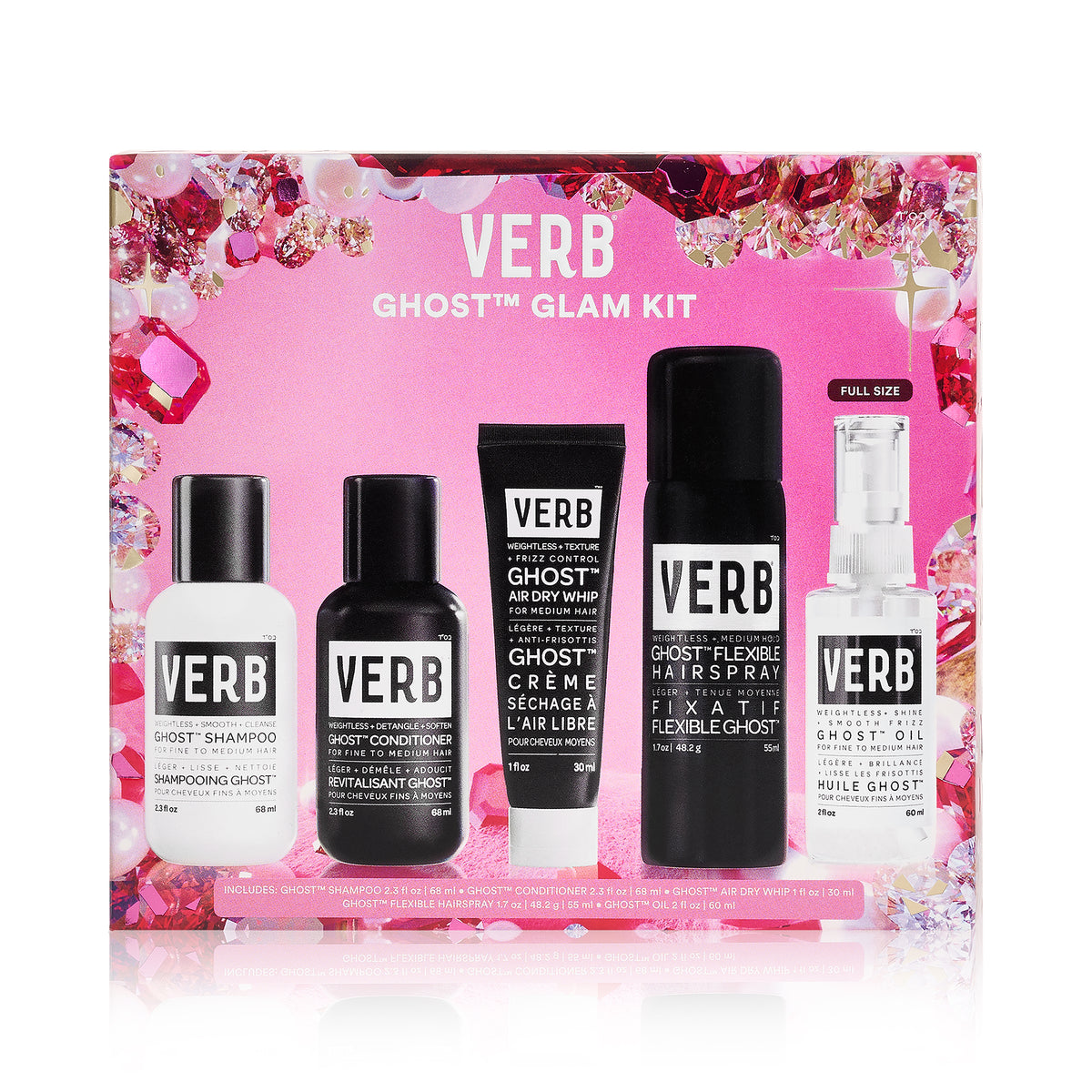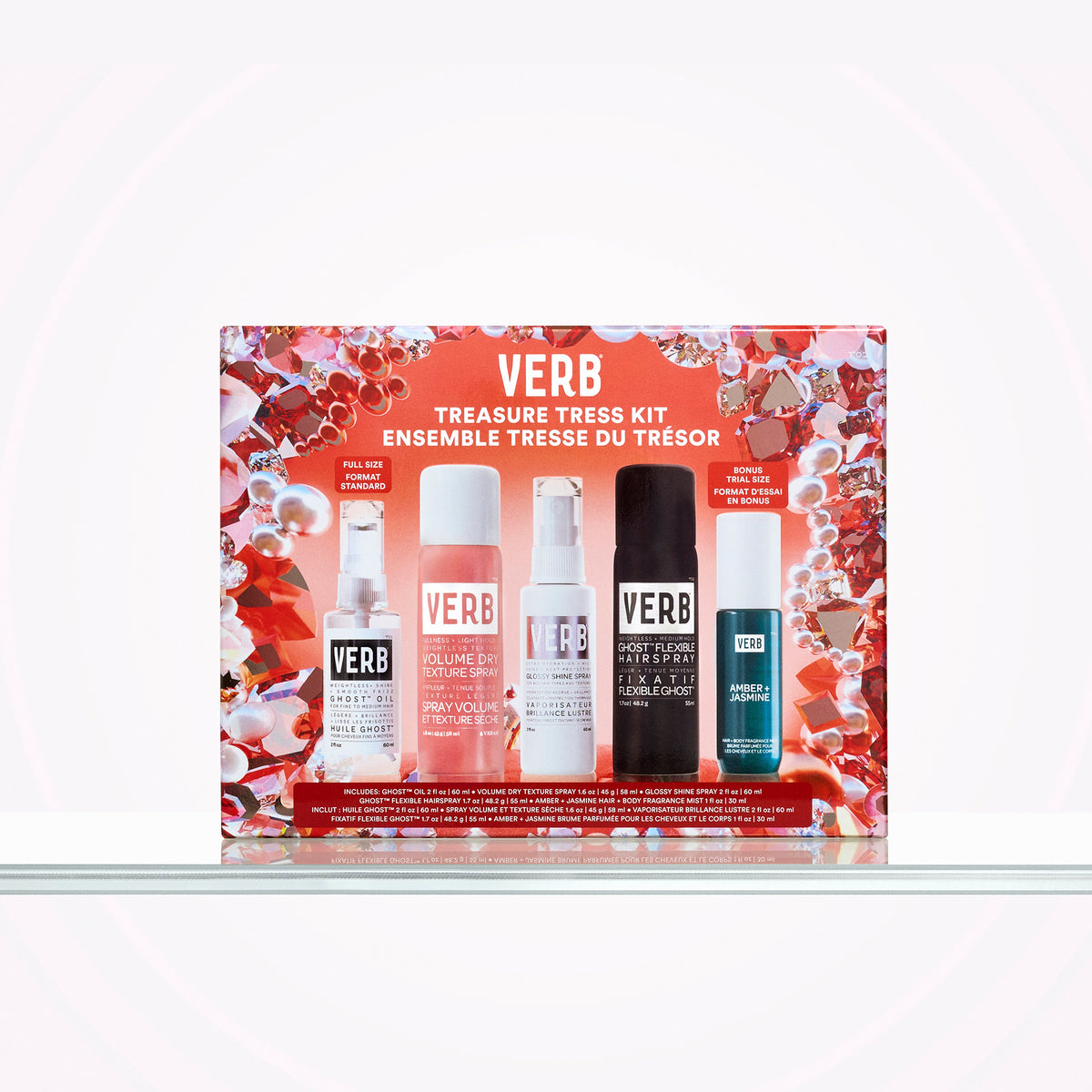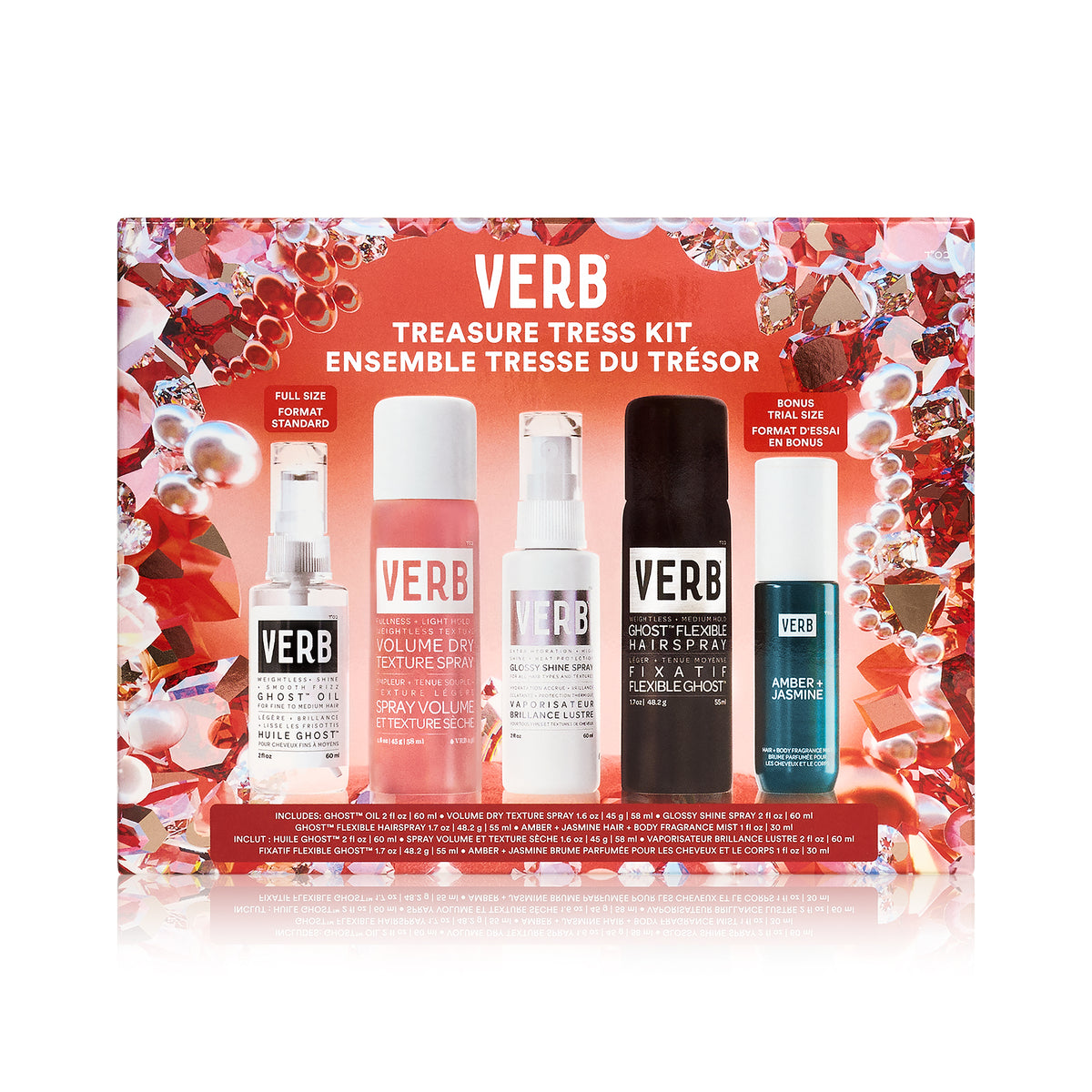Sometimes our relationship with our hair is love/hate. As much as we try to embrace bad hair days, we all know how much oily roots can get us down. If greasy locks aren’t the look you’re going for, we’ve created this guide to help you treat oily hair. Find out how to test if you have oily hair, what causes it, and tips for treating it.
Causes oily hair
Without knowing what’s causing your hair to be oily, it’ll keep coming back even after treatments. Oily hair isn’t caused by just one thing, often, there are several factors that stack to create greasiness in your hair.
Common causes of oily hair include:
- Overwashing
- Overstyling
- Using the wrong hair products
- Product buildup
- Color treatments
- Weather, or environmental factors like high humidity or heat
- Touching your hair too often
- Genetics
- Diet
- Hormonal changes
- Stress
- Medications
While some of these causes like genetics and weather are out of your control, many are lifestyle habits that you can change to help improve the health of your scalp and hair.
How to test if you have oily hair
A little oil is natural, but too much can make your hair look greasy. To determine if you have oily hair or normal strands, here are a few ways to tell:
- Tissue Test: 1-2 days after washing, take a tissue and lightly dab it on your hair. People with oily hair will see a noticeable blot, while dry hair will leave nothing on the tissue.
- Finger Test: 1-2 days after washing, run your fingers through your hair. If your fingers are greasy, you have oily hair.
- Pillow Test: Check your pillowcase to see if it feels oily, which indicates you have oily hair that is leaving residue when you sleep.
If you’ve tried these tests and believe you have oily hair, there are several treatments. Additionally, you can also ask your stylist for more information about your hair type and texture to determine if you have oily hair and if there are specific treatments that would work best for you.
Oily hair care treatment tips
Here are a couple ways to fix oily hair. Some are simple changes to your lifestyle habits, while others may involve a new oily hair care routine to specifically address the issue.
1. Use the right hair products
Oily hair requires special care — you should use products that are formulated for this hair type. Look for products that will gently cleanse your hair to clear excess oil without adding any more in the process. The products should also be lightweight, so strands don’t appear heavy after your hair care routine. If you aren’t sure where to start, check out our Ghost collection filled with products that will help treat oily hair.
2. Change how often you wash your hair
Finding the right wash schedule is a delicate matter that’s different for each person. Washing too often will dry out strands, causing your scalp to increase oil production leading to greasy hair. On the other hand, washing not frequently enough will cause oil to build up resulting in the same issue. Once you’ve started using the right products, try washing your hair once a day and see how long it takes before your hair gets oily. Slowly increase the length of time between washes until you find the right balance.
3. Shampoo and condition the right way
Washing your hair seems simple, but as we’ve talked about — there are a lot of ways you can go wrong. You can use the wrong products, wash too often, or be too aggressive. If you have a tendency to scrub shampoo into your scalp, this can cause irritation and trigger oil production.
The proper way to wash your hair is by applying a small amount of shampoo to your roots and scalp, then gently massaging it in with your fingertips. Avoid using your nails, which can scratch your scalp or cause friction in your hair. Focus on your scalp and roots, which is where the oil is, and let shampoo flow down to your ends.
When it comes to conditioning, try applying the product to just the ends (or a small amount at your scalp) and let the product sit to thoroughly absorb. Applying too much product at your scalp can cause oiliness, so try starting with a small amount and increase the amount of conditioner as you need to.
4. Use dry shampoo
Dry shampoo is a great way to keep your hair looking clean in between washes. Regardless of whether you use a powder or aerosol, dry shampoo will help you get rid of oil and is great to have on hand in case buildup happens when you’re away from home. The product often leaves a residue in your hair when applied, so choose an option that’s suited for your hair color to ensure it won’t appear chalky. To avoid irritation, wash your hair within a day or so of using the product.
5. Avoid hot tools
Hot tools like irons and blow dryers can make oily hair worse for two reasons. First, the heat will melt the oil in the shaft, from a dense blot to a lighter liquid that can move easier from the shaft to strands resulting in greasy hair. Second, frequent exposure to heat dries out strands which causes your scalp to produce more oil to compensate, similar to what happens when you overwash. Hot tools are fine every now and then, but when possible, try air drying and styling without tools that require heat.
6. Clean your brush
Over time, your brush will likely pick up oil and product from your hair which can be reapplied to your hair when you use it. On a regular basis, clean your brush by rinsing it off and removing strands that get caught.
7. Be gentle with your hair
Messing with your hair too much or too often stimulates the scalp and can cause irritation, which results in your oil glands increasing production. To avoid stimulating your scalp and producing extra oil, be gentle when styling and try to avoid touching your hair throughout the day.
8. Exfoliate your scalp
As your scalp produces new skin cells, it sheds the old skin so oil can freely pass through. However, sometimes the old skin cells aren’t shed fast enough which can lead to build up. When follicles get backed up, your strands don’t get enough oil so your scalp gets the signal that it needs to produce more. The result, is eventually the oil breaks through and your hair gets way more than it needs. To prevent this, use a scalp exfoliator to clear debris and prevent build up.
Need more hair tips? Follow us on Instagram @verbproducts and slide into our DMs! We'll try our best to find the right products and give you some tricks and tips.
